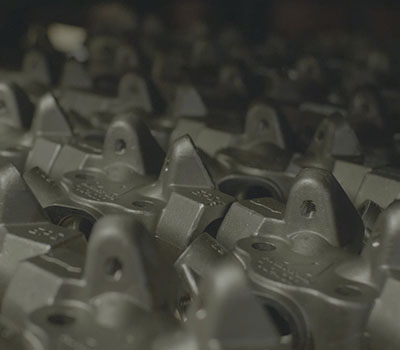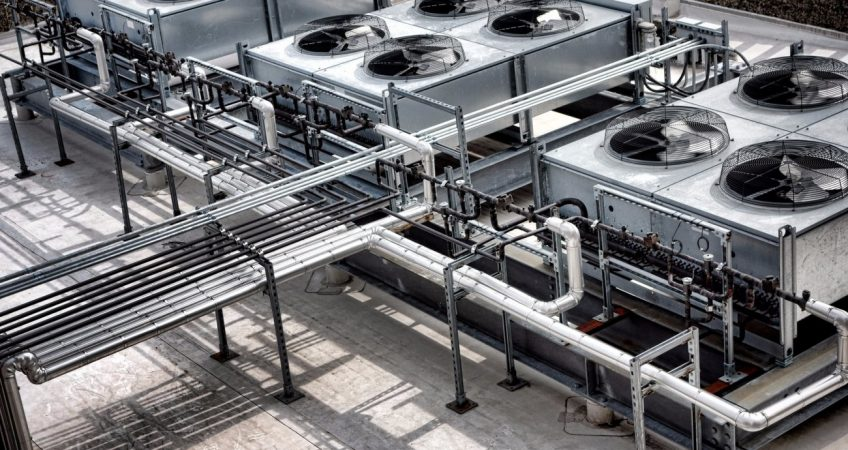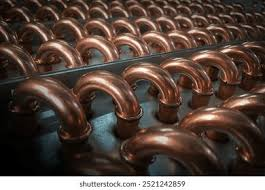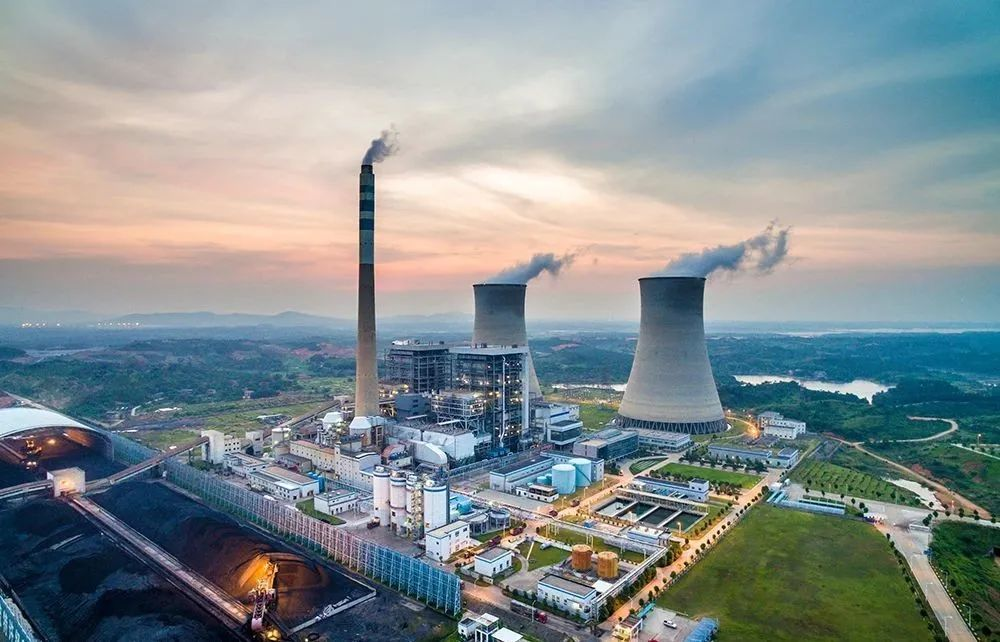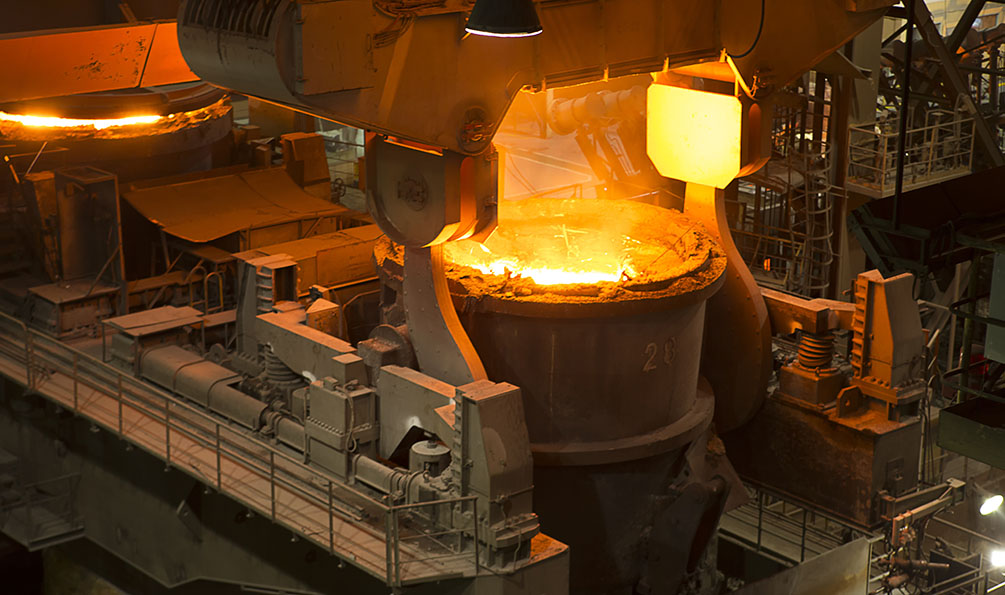Introduction to Spiral Heat Exchangers
High-efficiency heat exchangers play a crucial role in industrial applications, ensuring efficient heat transfer processes across various sectors. One of the most advanced solutions available today is the Spiral Heat Exchanger, designed specifically for demanding chemical processing environments. With its innovative spiral design, it offers exceptional self-cleaning capabilities, making it ideal for handling highly viscous and corrosive fluids, as well as those prone to fouling.
Features and Benefits
The Spiral Heat Exchanger stands out in the realm of industrial heat exchangers due to its compact heat exchanger design, which reduces space requirements by 50% compared to traditional shell-and-tube models. This distinctive feature allows for optimized plant layouts without sacrificing efficiency. Constructed from corrosion-resistant materials such as stainless steel and titanium, these heat exchangers ensure durability while handling extreme fluids like slurries, acids, and solvents. Additionally, the spiral design facilitates continuous fluid movement that significantly reduces clogging risks, thus guaranteeing uninterrupted operation.
With customizable heat transfer areas ranging from 1 m² to 200 m², the Spiral Heat Exchanger caters to specific needs across a wide temperature spectrum, from -50°C to +400°C. It accommodates various configurations, including counterflow and co-current setups, adjusting effortlessly to different fluid flow requirements. This efficient heat transfer mechanism is enhanced by the absence of gaskets and easy access to channels, making maintenance a straightforward and practical aspect of its operation.
Applications and Customization Options
In chemical processing, where precision is paramount, the Spiral Heat Exchanger excels across multiple applications. From acid cooling for sulfuric to nitric acids, polymer production requiring heating and cooling viscoelastic melts, solvent recovery, precise temperature control for crystallization, and sludge heating for waste treatment, this heat exchanger adapts to a wide array of industrial needs.
To further align with specific operational demands, customization options are plentiful. Companies can select alloys for enhanced chemical resistance, apply special coatings such as PTFE or graphite for extreme conditions, or integrate enhanced surface finishes through electro-polishing. Hybrid designs incorporating additional features like scraped-surfaces or double-wall safety configurations can also be implemented to meet specialized requirements.
In practical scenarios, a titanium Spiral Heat Exchanger efficiently cooled 98% sulfuric acid from 150°C to 50°C over a span of 12 months without clogging, unlike shell-and-tube alternatives that require frequent cleaning. Moreover, this setup demonstrated a 30% reduction in energy use, showcasing its superior thermal efficiency.
Conclusion
In conclusion, the Spiral Heat Exchanger epitomizes energy-saving heat exchanger technology for challenging chemical processes. Its groundbreaking spiral heat transfer technology not only enhances operational efficiency but also paves the way for streamlined, cost-effective operations. Discover how integrating a Spiral Heat Exchanger into your system can revolutionize industrial applications, ensuring reliable and high-performance heat recovery systems.


